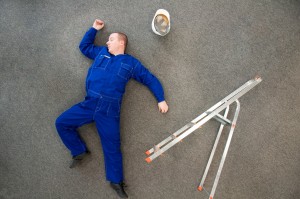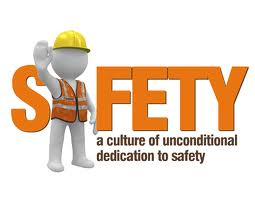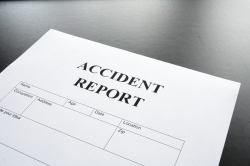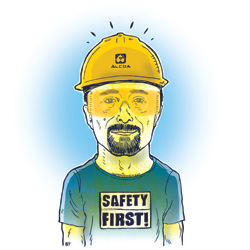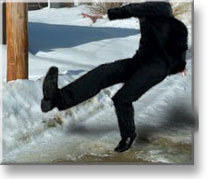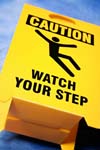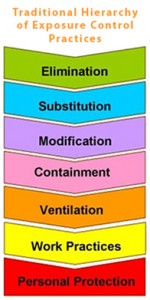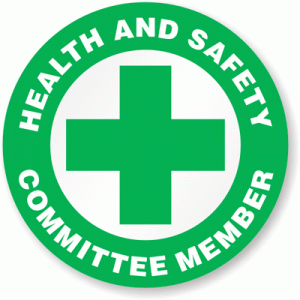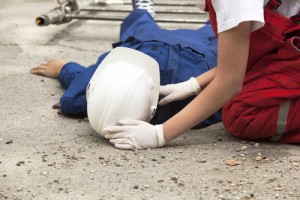 The top four causes of construction fatalities are: Falls, Struck-By, Caught-In/Between and Electrocutions.
The top four causes of construction fatalities are: Falls, Struck-By, Caught-In/Between and Electrocutions.
Prevent Falls
- Wear and use personal fall arrest equipment.
- Install and maintain perimeter protection.
- Cover and secure floor openings and label floor opening covers.
- Use ladders and scaffolds safely.
Prevent Struck-By
- Never position yourself between moving and fixed objects.
- Wear high-visibility clothes near equipment/vehicles.
Prevent Caught-In/Between
- Never enter an unprotected trench or excavation 5 feet or deeper without an adequate protective system in place; some trenches under 5 feet deep may also need such a system.
- Make sure the trench or excavation is protected either by sloping, shoring, benching or trench shield systems.
Prevent Electrocutions
- Locate and identify utilities before starting work.
- Look for overhead power lines when operating any equipment.
- Maintain a safe distance away from power lines; learn the safe distance requirements.
- Do not operate portable electric tools unless they are grounded or double insulated.
- Use ground-fault circuit interrupters for protection.
- Be alert to electrical hazards when working with ladders, scaffolds or other platforms.

